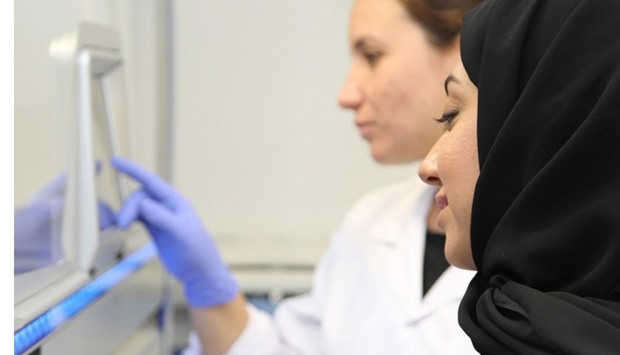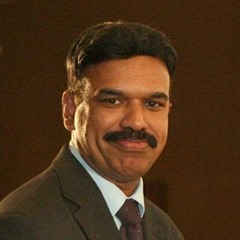“QGP started sequencing the genomes in September 2015 and 3,000 genomes were sequenced in the first year, and with the completion of the second stage, the total number of genomes sequenced will be 6,000. These samples were collected by Qatar Biobank,”said Dr Said Ismail, programme manager, QGP.
“The 3,000 samples sequenced in the first year are of Qatari nationals.We hope, we can have a preliminary idea on the main features of the Qatari genome map by the end of 2017 which will mark the end of the pilot phase,” maintained Dr Ismail.
“The research network will look into many aspects including for example Mendelian disorders, the rare genetic disorders mutations prevalent in Qatar. Another example is the Pharmacogenomics of the local population, which is the study of how genes affect a person's response to drugs” noted Dr Wadha al-Muftah, head of the genomic operations division, QGP.
All the genomes were deeply phenotyped (studying the observable physical characteristics and traits) at Qatar Biobank.
“The sequencing was done using the latest cutting edge technology, followed by bioinformatics processing of the raw data into formats ready to be used for research purposes and later for clinical reporting. Several researchers from different stakeholders in Qatar are presently engaged in working on the data to provide clinically relevant information on the local genome map,” explained Dr Ismail.
According to the official, the next phase of the programme is expected to increase the sequencing output to much more than 3,000 samples per year. The second phase will benefit from the great synergy provided by the combination of the Qatar Biobank’s phenotypic data, and Qatar Genome’s genotypic data (the genetic makeup) which would help in gaining comprehensive conclusions on the population’s health and disease.
“Having such merger of two huge data bases for 5-10% of a population is something few countries around the world can achieve” said Dr Ismail.
The final phase would be the largest, noted the official. “The main features of this phase would rely on the development of the sequencing technology at the time. In recent years, the next generation sequencing technology has evolved at an unprecedented pace and the duration of sequencing a whole genome has gone down from a few years to a few days,” he said.
“With its advanced genomic infrastructure, high calibre researchers, and its relatively small population, Qatar is well positioned to be a global model and leader in precision medicine,” felt Dr Ismail.
“The QGP team has been able to achieve and initiate various goals in a relatively short period of time. This was mainly done with the great support from Qatar Biobank and the strategic partnership with Sidra Medical and Research Center,” said Dr Ismail.
QGP was built based on a national strategy with seven building blocks that would lay the strong foundations required to build a unique model that would put Qatar as a leading nation in the implementation of precision medicine.
“They include a national biobank, advanced genomics and bioinformatics infrastructures, research partnerships, investing in local human capacity, drafting governing policies and regulations, and building a national genome data network and integrating genomics into the clinical setting,” he added.

Some researchers working on the genome project
The Qatar Genome Programme (QGP) is likely to complete the second stage of its pilot phase around mid-2017 by sequencing another 3,000 genomes, a senior official of QGP has revealed.

